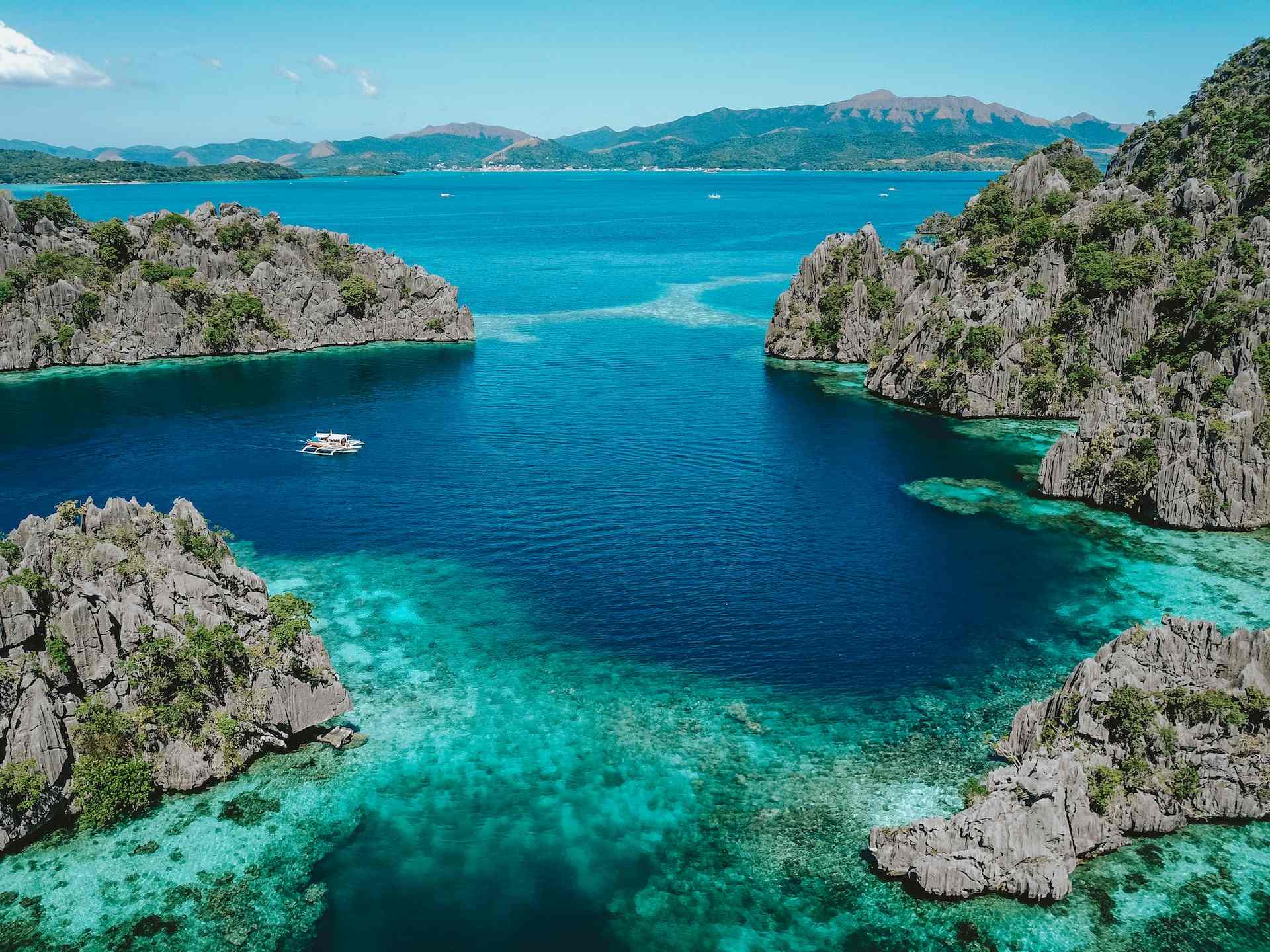Pakse weather is a topic of great interest to many, as the city is located in the southernmost province of Laos and has a tropical climate. The weather in Pakse is characterized by high temperatures, high humidity, and a lot of rainfall. The city has two main seasons: the rainy season and the dry season.
The rainy season in Pakse typically runs from May to October, with the heaviest rainfall occurring in August and September. During this time, the city receives an average of around 200mm of rainfall per month. The high humidity and frequent rainstorms can make it feel quite oppressive for those not used to the climate.
The dry season in Pakse runs from November to April and is generally considered the best time to visit the city. During this time, the weather is much more pleasant, with lower humidity and less rainfall. The average temperature during the dry season is around 30°C, with the hottest months being March and April.
Overall, the weather in Pakse is quite unpredictable and can change rapidly, so it’s important to be prepared for a range of conditions.
| Month | Low (°C) | High (°C) | Low (°F) | High (°F) | Rain (%) |
|---|---|---|---|---|---|
| January | 20 | 30 | 68 | 86 | 20 |
| February | 20 | 31 | 68 | 88 | 20 |
| March | 22 | 33 | 72 | 91 | 20 |
| April | 24 | 35 | 75 | 95 | 15 |
| May | 25 | 35 | 77 | 95 | 50 |
| June | 25 | 34 | 77 | 93 | 60 |
| July | 25 | 33 | 77 | 91 | 70 |
| August | 25 | 33 | 77 | 91 | 80 |
| September | 24 | 32 | 75 | 90 | 90 |
| October | 23 | 32 | 73 | 90 | 80 |
| November | 22 | 31 | 72 | 88 | 50 |
| December | 21 | 3070 | 86 | 30 |
When deciding on the best time to visit Pakse, it’s important to consider the weather and what you hope to do while you’re there. If you’re looking to explore the city and its surroundings, the dry season is the best option. The lower humidity and less rainfall make it more comfortable to walk around and take in the sights. Additionally, the cooler temperatures during this time make it easier to engage in outdoor activities like hiking and biking.
On the other hand, if you’re interested in experiencing the local culture and festivals, the rainy season may be a better choice. Many of the city’s festivals and events take place during this time, including the famous Boun Pimai festival, which celebrates the Lao New Year. The heavy rainfall may make it less comfortable to explore the city, but it’s an opportunity to experience a unique aspect of the local culture.
Another factor to consider is the crowds. The dry season is the peak tourist season in Pakse, and the city can become quite busy and crowded during this time. If you prefer a more low-key and peaceful visit, it may be better to plan your trip during the rainy season when there are fewer tourists.
In conclusion, the best time to visit Pakse depends on your personal preferences and what you hope to experience during your trip. While the dry season is the most comfortable for exploring the city and engaging in outdoor activities, the rainy season offers a unique cultural experience and fewer crowds. It is always important to check the weather forecast before planning a trip to Pakse, as the weather can change rapidly and unpredictably.



